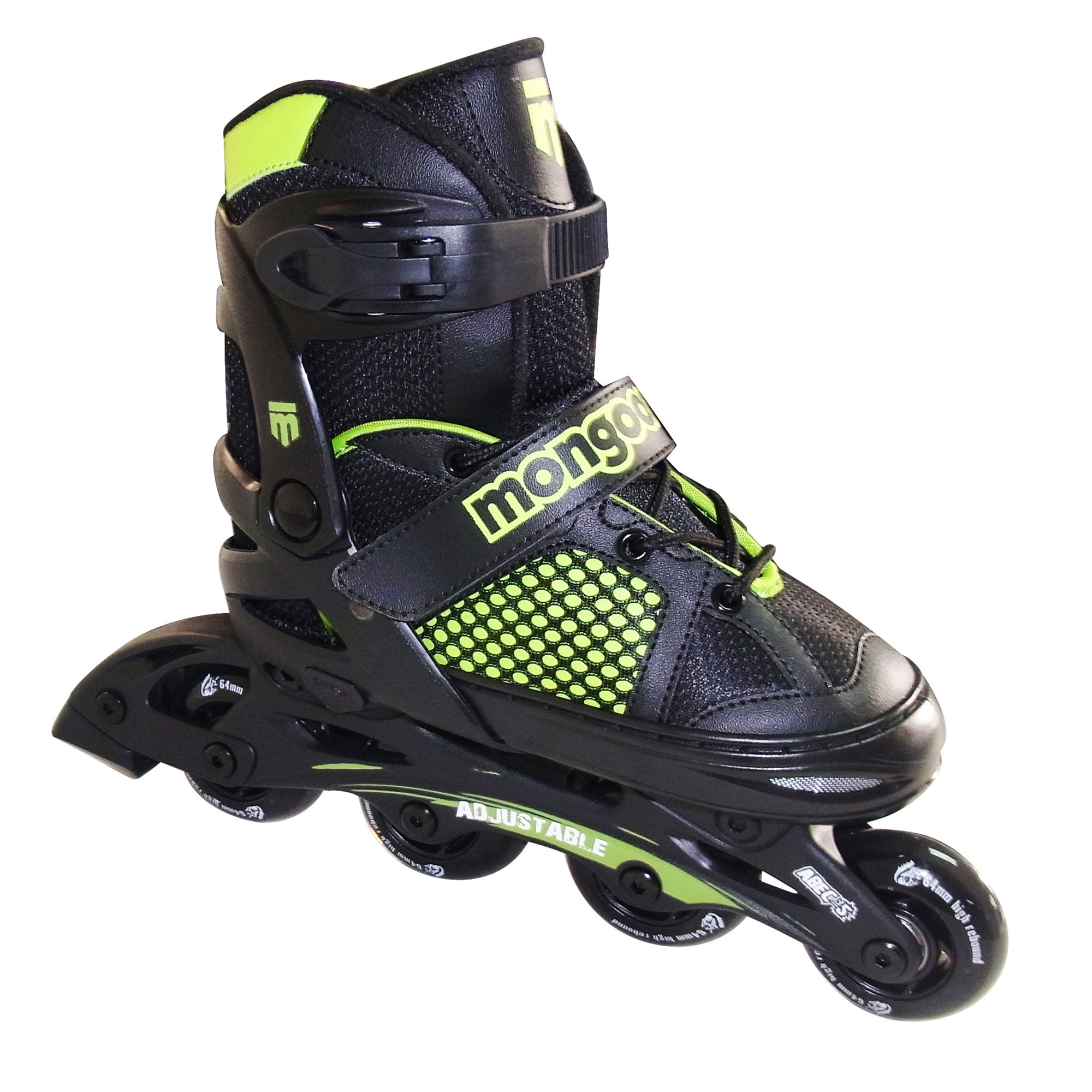

Skaters complete a course marked by gates while descending at high speeds. These smaller wheels feature a flat profile to accommodate the impact from jumping tall heights.Īlpine skating owes its existence to skiing because many skiers commonly practiced it in the summer months during its origins, as it helped them to train despite the lack of snow. The small size allows for more freedom when grinding as there is less risk of catching on obstacles. Aggressive skates typically have much smaller wheels than regular inline skates. From these grind surfaces comes a lexicon of well-known grind stances, though sliding can occur on any surface of the boot or wheels. A hard plastic surface on the sole of the boot known as a "sole plate" or "soul plate" allows for grinds parallel to the wheels. Aggressive skates are identifiable by a prominent gap in between the second and third wheels (known as the H-Block) which allows for grinds perpendicular to the direction of the wheels.

Aggressive inline skates are specially modified to accommodate grinds and the jumping of large gaps. Disciplines Īggressive skating (referred to by participants as rollerblading, blading, skating or rolling) is a sub-discipline primarily focused on the execution of tricks in the action sports canon. ĭue to the 2022 Russian invasion of Ukraine, World Skate banned Russian and Belarusian athletes and officials from its competitions, and will not stage any events in Russia or Belarus in 2022. There was a revival sparked by the need for socially distanced recreation during the COVID-19 pandemic.

Popularity waned in the 2000s, with parental concerns over injuries and the rising popularity of soccer, lacrosse, and skateboarding. Aggressive inline skating events were featured in the X Games from 1995 to 2005. The sport became popular in the United States in the 1980s and 1990s, with tens of millions of participants. They sold the company in 1984 to Bob Naegele jr., who advertised to the general public and sold millions. Scott and Brennan Olson formed the company Rollerblade, Inc., to sell skates with four polyurethane wheels arranged in a straight line on the bottom of a padded boot. In 1980, a group of ice hockey players in Minneapolis, Minnesota, were looking for a way to practice during the summer. Other inline skates were developed as a substitute for ice skates, Life magazine published a photo of American skater Eric Heiden, training for the 1980 Olympics, using such skates on a Wisconsin road. The product was stopped after one year as the management did not want a consumer product in its portfolio. The German branch of SKF developed and produced inline-skates in 1978 with wheels for hockey or for the street. An inline skate appeared in a Paris patent in 1819, but were overtaken in popularity by quad skates.


 0 kommentar(er)
0 kommentar(er)
